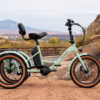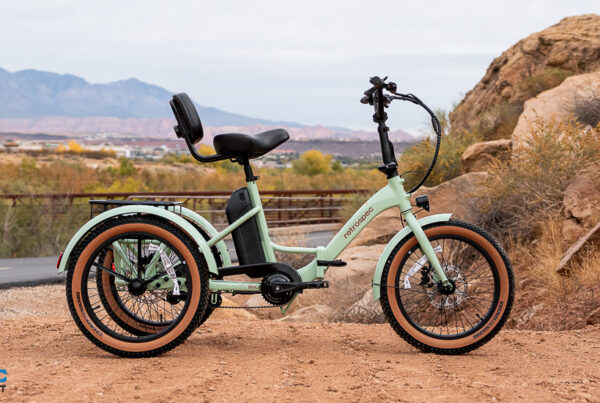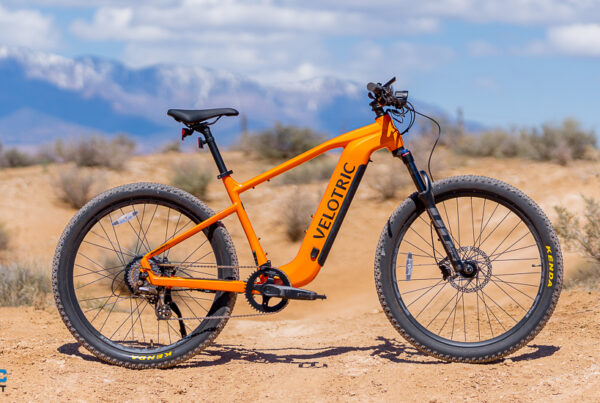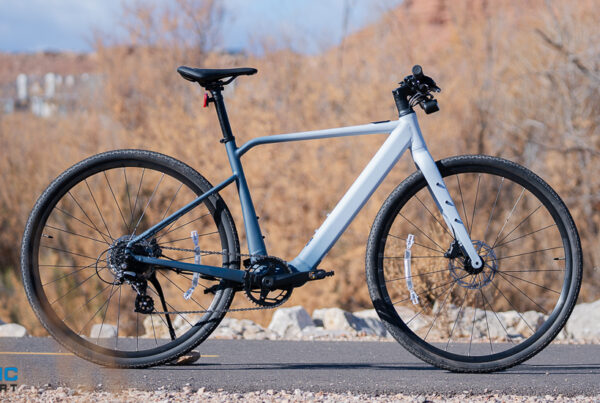E-Bike Cover Buying Advice: Materials, Size and Other Considerations
Covers are generally made for both bikes and e-bikes, and tend not to be e-bike cover specific. There are some more premium options that do offer advanced features that those with any worry about wear on motor, battery or just the frame in general can consider though (more on that down below).
When considering material for you e-bike cover there’s a few choices of material used by bike and e-bike cover manufacturers, but polyester remains one of the best and is commonly used. It tends to be durable and is often made to be waterproof too.
Nylon is a more lightweight option and may be a good choice if you need to take a cover with you, perhaps on an e-bike camping trip, though be aware it may not be as resistant to abrasion as polyester. Nylon can be a good low cost option too and can provide a nice tight fit on the bike as it is stretchy.
Lastly, polyurethane is another material you may see used, but again it’s not as tough as polyester.
These are generalisations and many materials use a mix of different fabrics to bring the whole e-bike cover together, so it may be difficult to gauge the strength from the fabric mix.
A good way is to look for a denier rating on the cover. This is indicated by a D then a number. Many bike covers are 120D to 240D – something like kite fabric or the thinnest pack down waterproof coats you get. A few bike covers have a 600D rating – that’s much tougher and thicker and is akin to a well made backpack’s material.
Be aware though a 600D rating may not feature on every bit of the cover and may only be used on the parts the manufacturer thinks need more protection.
Bike and e-bike covers come in more than one size so it’s obviously important to measure your bike and to get an e-bike cover that’s slightly oversize than to get one on the small side and overstress the fabric by trying to shoehorn the cover onto the bike.
Some do go for a one-size-fits-all approach by adding straps and strings you can use to sinch the cover around your bike.
Features you might want to look out for include reflective material (handy if you want to put the e-bikes on the back of a motor vehicle), access holes for locking and unlocking and carry handles. Compression straps and chords for gathering loose material at the main opening can also be handy to stop the cover flapping around in the wind. Perhaps most important of all, you should note many models are designed for storage only and are not tough enough for transporting e-bikes on the back of a motor vehicle where wind buffeting will be an issue.
We have highlighted those covers that are suitable for transport and those for storage use only in our picks below. This isn’t a comprehensive list, there are certainly others, but these are the ones that caught our eye.
Source link








